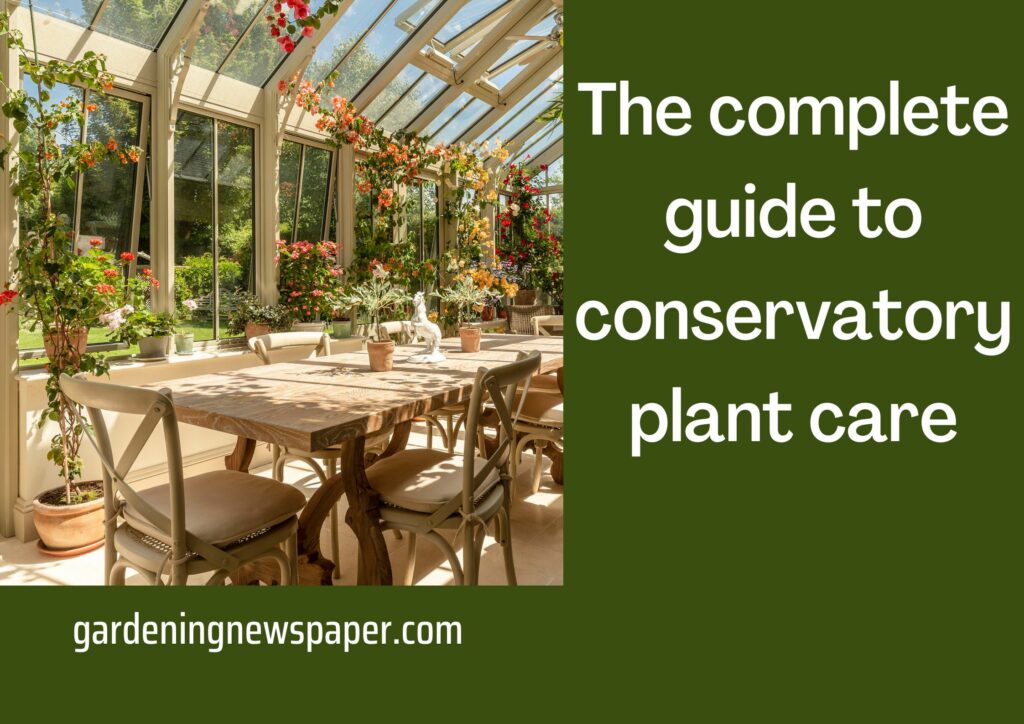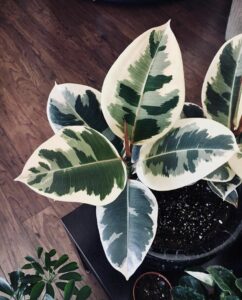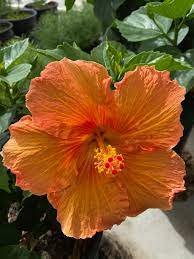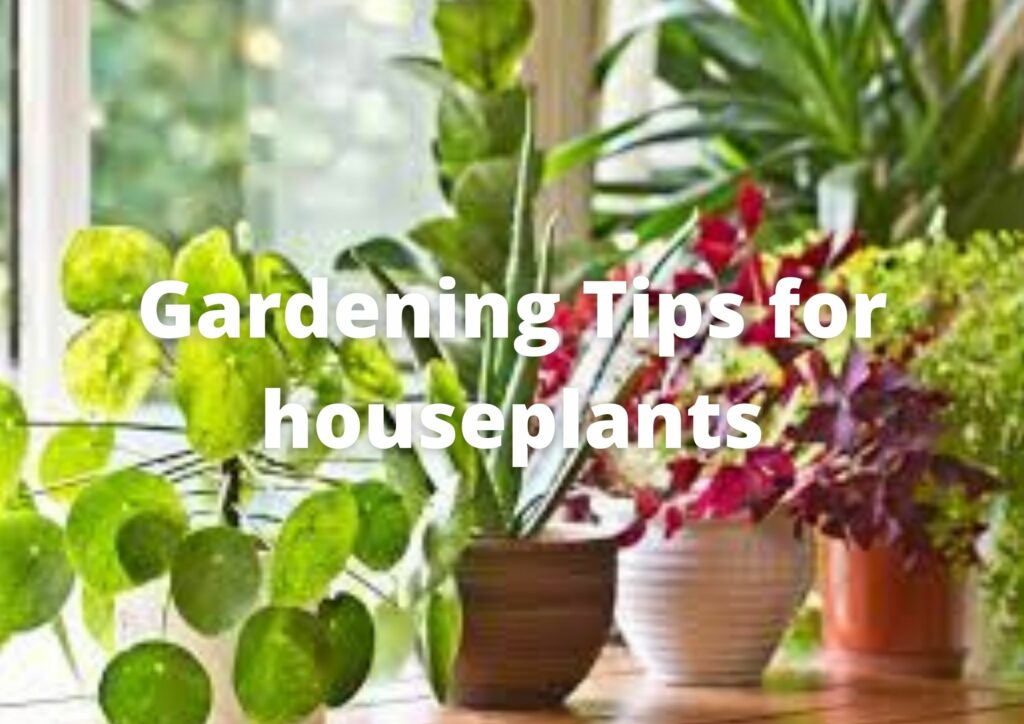Seed Selection – How to select good quality seeds class 8

There are several things to plan before selecting the seeds you want to plant. You need to have a plan. The first part of the plan is what you want to plant. You should determine that by a few things.
How much space do you have to plant?
The ideal space you want to have will get 6 hours or more sun per day in the primary growing months. If you are determining this in the winter months when the daylight is much shorter, first see what part of your yard, deck, or patio window gets the most sunlight per day. It will be longer in the summer and farther north in the country.
Here in Minnesota, we get close to sixteen hours of daylight at the peak of summer. You can look up sunrise and sunset times in your area at the longest time of the year. The summer solstice is June 21. It will be the longest daylight hours of the year in the few days before and after. The sun will also be higher in the sky the farther north you go.
On the winter solstice, December 21, the sun will be the shortest daylight and much lower in the sky. You can get some idea even in the winter by taking a percentage of the day at whatever time of year you look at it. The spot in your yard that gets the most sunlight will be the same most of the time year-round if trees or buildings do not block it. Look at the spot you are considering every hour for a few weeks and see if it will get enough sun to grow your garden well.
If you live south, where it gets sweltering for several months, it can be beneficial if the area you are thinking of using gets shade in the later part of the day, so it does not burn up the plants. The east and south-facing parts of your yard are best, although not always. In my yard, my garden is on the west side of my house. The garden gets a bit of sunlight early in the day. Then again from about eleven till about seven in the summer.
After determining the spot, you must select the garden type you want. Do you want to till up the yard and plant it in the ground? Do you want to make raised beds? Do you want to use grow bags?
I recommend you do raised beds and or grow bags if possible. The initial cost is higher because you must build or buy the beds and bags, and you need to get good raised bed soil to fill the beds and or bags. I do a combination of raised beds and bags.
Here is my design. I have six, six feet by three-foot raised beds with a fence around the entire garden, and I use grow bags in the middle between the beds.
Potatoes, a few tomatoes, and beats in the grow bags in the middle. This setup works well. I have changed it after it grows for a while. I put the potatoes outside the fence to have more room. Rabbits won’t eat the potato plants, so they are safe on the outside.
I also put landscape fabric under the whole thing and mulched the center section to make it look better and be more uniform.
Look at the section on square foot gardening later in the book to determine how much you can grow in your area. You can then see how much of each thing you want to plant can fit into your space. Square foot gardening gives you a much higher yield from the same area by telling how many plants you can grow per square foot for each type of plant. It works, so it’s well worth using this method of planting. It works very well in raised beds.
For example, you can plant 8 or 9 bush beans per square foot. It feels like a lot when you’re doing it, but it works.
Once you know this, you can determine how much room you need for the number of plants you think you want to plant for each type of vegetable. Gardening is a process. You should learn as much as you can when you plan. After that, you experiment and learn more as you go. You will have things that don’t work out as planned. That is normal. Learn what you can and go for it. Change it next time if it doesn’t work well.
Now you know what veggies you want and how many plants you need to get the desired harvest. The next step is to lay out your plan as you are doing this. Look up companion planting. Some plants like to be planted with or close to other plants. Some plants don’t do well at all if we plant them near other plants. Take this into consideration when you are planning out your garden.
Importance of seed selection
This is where it gets fun and frustrating. There are so many choices. If you are like me, you want to try all the newest and best of everything you can. You can’t do it all in one year.
There are two types of seeds: hybrid, and heirloom. Heirloom seeds have a long history and are the same as the original parent plant. The plants should be the same when you grow a plant from heirloom seeds.
Hybrid seeds are cross-pollinated with another variety of the same plant. For instance, they pollinate the pollen from a male flower of a sweet one hundred cherry tomato with the female flower of another cherry tomato, and the outcome will be a different tomato. Because of creating hybrid seeds, we now have thousands of tomatoes that we never had before. There is nothing wrong with using hybrid seeds unless you want to save your seeds and plant them next year. Don’t save hybrid seeds if you’re going to save seeds from your plants. Only save seeds from heirloom tomatoes. Hybrid seeds may not give you the same plant that the seeds came from.
You will also see seeds listed as non-GMO. Gmo is a genetically modified organism. Gmo seeds have had their DNA genetically modified. Done mainly to make them more resistant to drought and pests. Some people say that gmo food causes cancer and other issues. The FDA has approved the use of gmo seeds, so they are safe per the FDA. Some gmo food is used for consumer food. There is considerable controversy about GMOs. You will have to decide when and if these seeds become available to consumers.
You don’t have to worry about seeds that you can buy. Gmo seeds are only available to farmers currently. They could become available in the future. They are also much more expensive.
To set up your plan, you need to list what you like to eat and what things you want to grow.
List the veggies that you want to get out of the garden.
Once you know what you want and how much you can grow in your space, you are ready to look at seeds. There are many good places to find seeds. When you go to their websites, sign up for their seed catalogs. They are nice to have if you need something to do and want to look at all the flowers and plants you never even knew existed.
If you want a great plant that you can add to anything and have excellent color all summer, Coleus is a splendid choice. I started this inside, and they were about five inches tall when I transplanted them. These are all in grow bags on the railing of my porch, and they are fantastic. They don’t need a lot of sun. They get large and shade out anything else around them, so be careful about what you plant them with.
Most veggie gardeners grow the basics for gardens. Tomatoes, Beans, Carrots, Zucchini, and squash. Other popular veggies are cucumbers, strawberries, Peas, spinach, etc. These are all some of my favorites as well. I got crazy with the tomatoes this year. There are so many that I wanted to try, and several that I always want to have. So, I have about thirty tomato plants this year.
For Cherry tomatoes and salads and just snacking on, the Sun gold tomatoes are unbeatable. They are easy to grow. They grow fast, and they produce a lot of fruit. This year, I’m experimenting with them. I have taken a few suckers from the outside plants and started new plants for the inside. I will prune them, keep them small enough to grow inside, and have tomatoes all winter. It will be a challenge. The plants outside are about nine feet tall now and show no signs of slowing.
When you grow your plants from seed, you open an endless variety of plants that you could not even find if you looked for garden center plants.




















